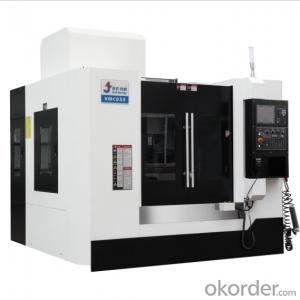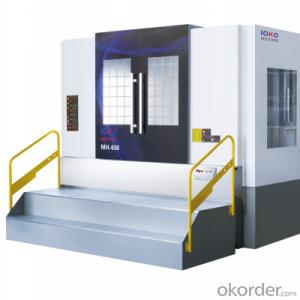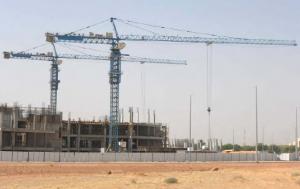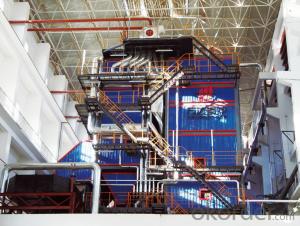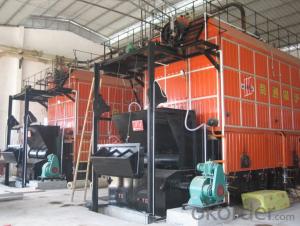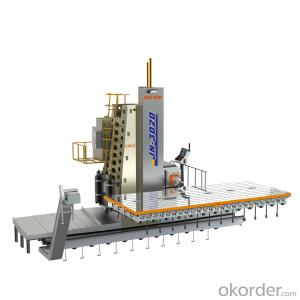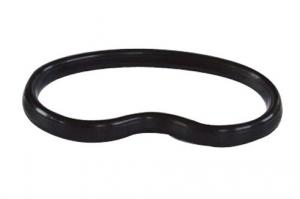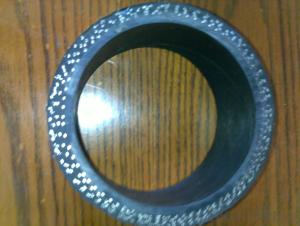RUBBER END HOSES with two sides flange 6 METERS DN 80 MM
- Loading Port:
- Shanghai
- Payment Terms:
- TT or LC
- Min Order Qty:
- 5 pc
- Supply Capability:
- 1000 pc/month
OKorder Service Pledge
OKorder Financial Service
You Might Also Like
Product Description:
Product Name:High Capacity Rubber End Hose DN80MM Length: 6m
1. Specification
Type: 2 layers steel wire or 4 layers steel wire
working pressure: 85bar or 1232PSI
Dimensions: DN80, DN100, DN125, DN150, 3'', 4'', 5", 6''
Flanges: Single end, or double ends
Coupling: Painted or Galvanized.
Different Length available.
Notes: total series of High Capacity concrete pump rubber hose for different brand concrete pump(PUTZMEISTER, SCHWING, CIFA, SANY, ZOOMLION, IHI, KYOKUTO Etc) available from us, different length of rubber hose as customers requirments .
2. Application
Widely used on concrete pump truck, concrete placing boom, trailer concrete pump etc, for concrete delivery and placement pumping.
Our rubber hoses have been successfully exported to many countries from 1998, Our main markets as below: Middle East, Southeast Asia, America, Brazil, Italy, Russia, South Africa etc
Aiming at the largest concrete pump parts manufacturer, and reliable, professional supplier in China, we can supply concrete pump elbows, delivery pipes, casting or forging couplings, end rubber hoses, rubber pistons, tungsten wear plates, delivery cylinders, and other hydraulic parts, one stop service for your concrete pump parts and accessory business.
3. Package and Delivery
Every 200pcs put in one 20 feet container.
4. Production
Our rubber hoses are made with advanced technology of weaving and natural rubber formula.
5. Primary Competitive Advantages
1) Brand-name Parts
2) Country of Origin
3) Competitive Price
4) Good Product Performance
5) Prompt Delivery
6) Quality Approvals
7) Good Reputation
8) Expedite Communication
9) Good Packaging
10) Distributorships Offered
11) One Step Service
12) Good Quality Service
13) Small Orders Accepted
14) Overseas Service Branches
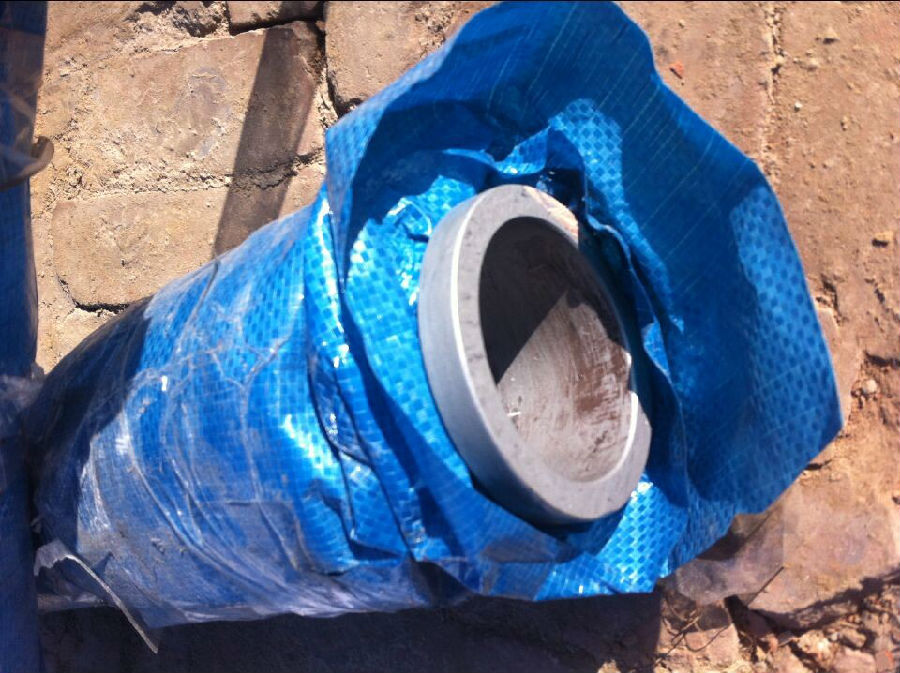
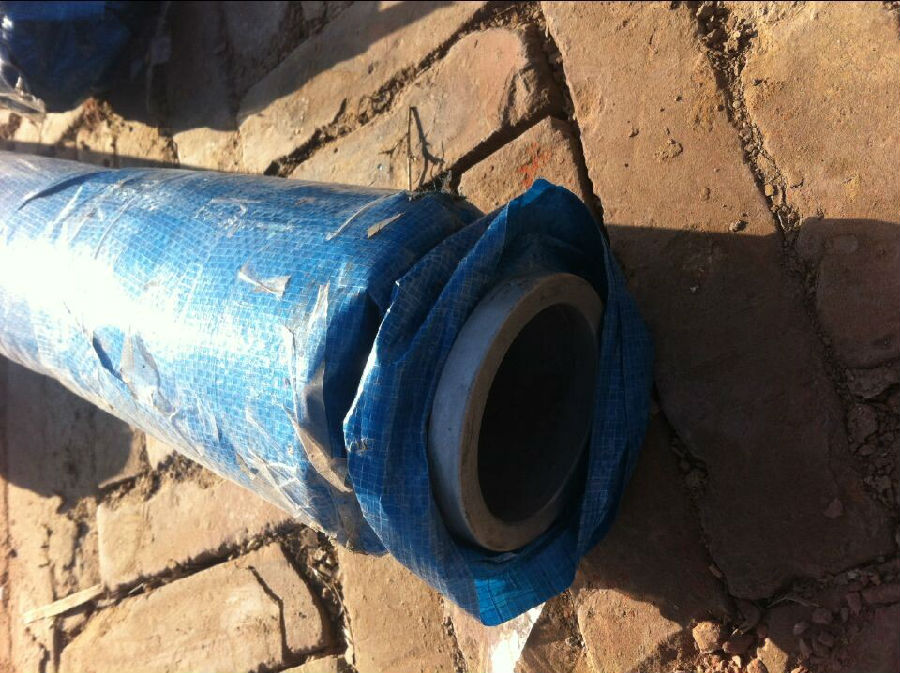

- Q:How can I minimize downtime during the replacement of concrete pump spare parts?
- To minimize downtime during the replacement of concrete pump spare parts, it is crucial to follow a few key steps. First, ensure that you have a comprehensive understanding of the specific spare parts required for your concrete pump. This will help you streamline the ordering process and minimize delays. Additionally, it is essential to schedule regular maintenance and inspections to identify any potential issues beforehand, allowing you to proactively replace parts before they fail. Lastly, work with a reputable supplier who can provide high-quality spare parts promptly, reducing downtime.
- Q:How can one store and handle concrete pump spare parts to maintain their quality?
- To maintain the quality of concrete pump spare parts, it is crucial to store and handle them properly. Firstly, these spare parts should be stored in a clean and dry environment, away from moisture and direct sunlight. They should also be protected from dust and debris by using suitable covers or packaging. Additionally, it is important to handle them with care, avoiding any rough or improper handling that could cause damage. Regular inspection and maintenance of the spare parts should also be conducted to identify any signs of wear or corrosion, ensuring they are in optimal condition when needed for use.
- Q:How does a concrete pump S valve function?
- Controlling the flow of concrete from the hopper to the discharge outlet is the primary function of the S valve in a concrete pump. This valve is a critical component in the concrete pumping system, enabling the accurate and efficient delivery of concrete to the intended destination. The S valve comprises two distinct valves, one on each side, connected by a central shaft. These valves are shaped like the letter "S," hence the name. Each valve possesses a concrete outlet and a hydraulic cylinder that governs its movement. When the concrete pump is activated, the hydraulic system exerts pressure on the cylinders, causing them to extend and open the valves. This opening enables the flow of concrete from the hopper into the pump's cylinder. Once the concrete enters the cylinder, the hydraulic system reverses the pressure on the cylinders, prompting them to retract. This retraction movement closes the valves, effectively sealing the cylinder and preventing any concrete from flowing backward. As the cylinder retracts, it propels the concrete towards the discharge outlet. The pressure generated by the cylinder's retraction forces the concrete through the outlet pipe, directing it to the desired pouring location. The ingenious design of the S valve ensures a seamless and uninterrupted flow of concrete, eliminating any potential interruptions or obstructions. Moreover, it grants operators a high level of control over the concrete placement, enabling them to adjust the flow rate and direction according to their requirements. In conclusion, the concrete pump S valve assumes the crucial role of regulating the concrete flow, guaranteeing its efficient and precise delivery to the intended destination. Its dependable and effective operation is indispensable for the success of concrete pumping operations.
- Q:How can one identify the need for replacement of concrete pump spare parts?
- The need for replacement of concrete pump spare parts can be determined by observing specific signs and conducting regular maintenance checks. To begin with, it is crucial to keep track of the concrete pump's performance. If there is a decrease in efficiency or a noticeable reduction in output, it could indicate the requirement for replacement parts. This could be a result of worn-out components that are impacting the pump's ability to deliver concrete effectively. Another indication to be mindful of is any unusual noise emanating from the pump. Excessive or abnormal noise can be a sign of problems with the moving parts, such as bearings or seals, which may need to be substituted. It is also essential to inspect the wear and tear of the spare parts. Components like hoses, pipes, and seals can deteriorate over time due to the abrasive nature of concrete. If there are observable signs of wear, such as cracks, leaks, or bulges, it is likely that these parts need to be replaced. Conducting regular maintenance checks is critical in identifying the need for replacement parts. This involves examining the condition of key components, such as the piston, cylinder, and valves, and ensuring that they are clean, properly lubricated, and functioning correctly. Any signs of damage, corrosion, or excessive wear should be promptly addressed to prevent further harm to the pump and the need for more extensive repairs. In conclusion, by closely monitoring the concrete pump's performance, listening for abnormal noise, inspecting for wear and tear, and regularly conducting maintenance checks, one can effectively determine the need for replacement of concrete pump spare parts. Timely replacement of these parts can contribute to maintaining the pump's efficiency and prolonging its lifespan.
- Q:What are the indications of a faulty concrete pump hydraulic motor?
- There are several signs that can indicate a malfunctioning hydraulic motor in a concrete pump. Some common indicators to watch for are: 1. Power loss: If the hydraulic motor is not working correctly, you may notice a significant decrease in power in the concrete pump. The motor may struggle to generate enough force to effectively pump the concrete, resulting in slower or weaker output. 2. Unusual noises or vibrations: A faulty hydraulic motor may produce abnormal sounds or vibrations while in operation. This could be due to damaged internal components or misalignment, indicating an issue with the motor. 3. Leaking fluids: Proper flow and pressure of hydraulic fluid are essential for the functioning of hydraulic motors. If you observe any fluid leaks around the hydraulic motor or its associated parts, it could be a sign of a faulty motor that requires attention. 4. Overheating: A malfunctioning hydraulic motor may overheat due to increased friction or internal problems. If you notice excessive heat emanating from the motor or its associated parts, it is crucial to address the problem promptly to prevent further damage. 5. Inconsistent or jerky movement: A faulty hydraulic motor can cause the concrete pump to operate unevenly or jerkily. This can result in uneven pouring or difficulty in controlling the flow of concrete, indicating an issue with the motor's performance. 6. Increased energy consumption: A faulty hydraulic motor may consume more energy to function properly. This can lead to a noticeable rise in energy usage, which can be observed through higher electricity bills or added strain on other components of the pump's system. It is important to remember that these signs may vary depending on the specific make and model of the concrete pump hydraulic motor. It is always recommended to consult the manufacturer's guidelines or seek professional assistance to effectively diagnose and address any issues with the hydraulic motor.
- Q:How can one extend the lifespan of concrete pump spare parts?
- One can extend the lifespan of concrete pump spare parts by ensuring regular maintenance, proper lubrication, and cleaning after each use. Additionally, using high-quality spare parts and avoiding overloading or excessive pressure on the pump can also help prolong their lifespan.
- Q:Are there any environmental considerations in the production of concrete pump spare parts?
- Yes, there are several environmental considerations in the production of concrete pump spare parts. Firstly, the manufacturing process of these parts typically involves the use of various materials and chemicals that can have negative environmental impacts. For example, the production of steel components may require the extraction of iron ore and the emission of greenhouse gases during the smelting process. Similarly, the production of rubber parts may involve the use of petroleum-based materials, which contribute to carbon emissions and pollution. Furthermore, the disposal of concrete pump spare parts after their useful life can also pose environmental challenges. If not properly managed, these parts can end up in landfills, contributing to waste accumulation and potential soil and water contamination. Therefore, it is important to consider the recyclability and reusability of these spare parts during their design and production stages. To address these environmental concerns, manufacturers can adopt sustainable practices in the production of concrete pump spare parts. This may involve incorporating recycled materials into the manufacturing process, such as using recycled steel or rubber. Additionally, manufacturers can implement efficient production techniques to minimize waste generation and reduce energy consumption. Proper waste management and recycling programs should also be established to ensure the responsible disposal of these spare parts at the end of their life cycle. Overall, by considering the environmental impacts associated with the production and disposal of concrete pump spare parts, manufacturers can contribute to a more sustainable and environmentally friendly industry.
- Q:What are the different types of concrete pump rubber hoses?
- There are several different types of concrete pump rubber hoses available, including wire-reinforced hoses, fabric-reinforced hoses, steel wire braided hoses, and composite hoses. These hoses are designed to withstand the high pressure and abrasive materials involved in pumping concrete, ensuring safe and efficient operations.
- Q:How does a concrete pump piston work?
- By creating a back-and-forth movement, the concrete pump piston propels the concrete through the pump and into the desired location. The piston is a cylindrical part that fits snugly inside a cylinder and is connected to a rod, which is linked to a hydraulic system. When the hydraulic system is activated, it propels the rod forward, thereby causing the piston to move in the same direction. As the piston advances, it creates a vacuum behind it, which draws the concrete into the cylinder through an inlet valve. Once the piston reaches the end of its forward stroke, the hydraulic system changes its direction, retracting the rod and causing the piston to move backward. Consequently, this action closes the inlet valve and opens an outlet valve, enabling the concrete to be forced out of the cylinder and into the delivery line. The reciprocating motion of the piston, combined with the alternating opening and closing of the inlet and outlet valves, facilitates a continuous flow of concrete through the pump. This process is rapidly repeated, ensuring efficient and consistent pumping of concrete to the desired location.
- Q:How often should a hopper filter be cleaned or replaced?
- The cleaning or replacement frequency of a hopper filter relies on various factors such as hopper type, contaminant nature, and usage pattern. It is generally suggested to clean or replace the hopper filter every three to six months. However, if the hopper operates in a dusty or dirty environment, or deals with materials generating abundant debris, more frequent cleaning or replacement might be necessary. Regular examination of the hopper filter is vital to assess particle accumulation and filtration efficiency. Additionally, if the hopper filter displays signs of damage or wear, immediate replacement is essential to maintain peak performance and prevent potential contamination. Ultimately, it is advisable to consult the manufacturer's guidelines and recommendations for the specific hopper filter in use.
1. Manufacturer Overview |
|
|---|---|
| Location | |
| Year Established | |
| Annual Output Value | |
| Main Markets | |
| Company Certifications | |
2. Manufacturer Certificates |
|
|---|---|
| a) Certification Name | |
| Range | |
| Reference | |
| Validity Period | |
3. Manufacturer Capability |
|
|---|---|
| a)Trade Capacity | |
| Nearest Port | |
| Export Percentage | |
| No.of Employees in Trade Department | |
| Language Spoken: | |
| b)Factory Information | |
| Factory Size: | |
| No. of Production Lines | |
| Contract Manufacturing | |
| Product Price Range | |
Send your message to us
RUBBER END HOSES with two sides flange 6 METERS DN 80 MM
- Loading Port:
- Shanghai
- Payment Terms:
- TT or LC
- Min Order Qty:
- 5 pc
- Supply Capability:
- 1000 pc/month
OKorder Service Pledge
OKorder Financial Service
Similar products
New products
Hot products
Related keywords

















